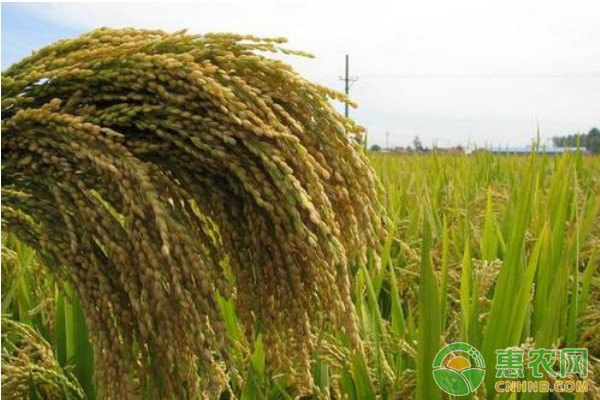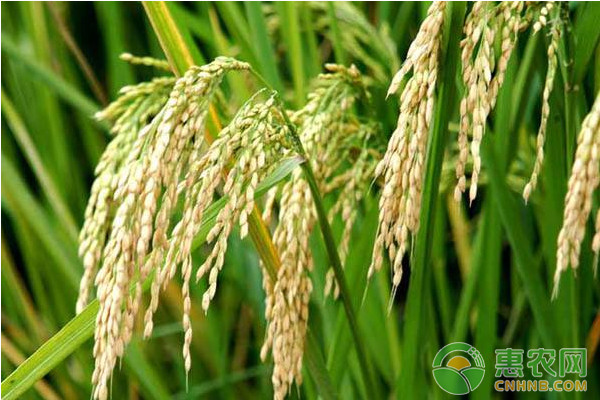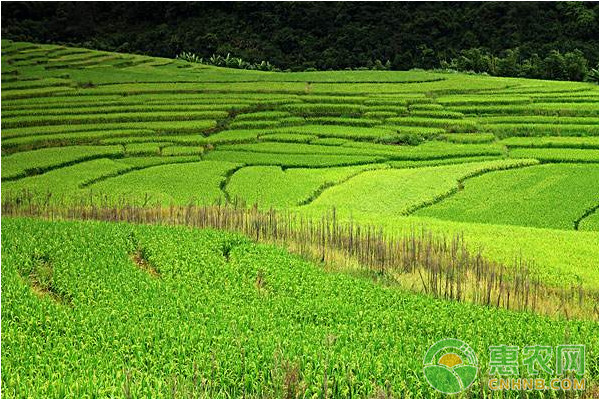Farmers' friends reflected that in the production process of millet, there are often problems such as poor emergence, infestation of insects during seedling period, valerian and plant lodging, which cause great trouble to millet production. So here is a list of the main factors affecting the production of millet and the prevention and control measures. 1 The main reason and countermeasures for the bad emergence of millet 1.1 Soil is not good or temperature is not suitable Millet germination requires water absorption up to 26% of its own weight to germinate. In sandy loam soil, seed germination requires soil moisture content of 9% to 10%; in loam soil, water content is 11% to 13%. The suitable temperature for germination of millet is about 24 °C, the lowest temperature for germination is 5 °C, and the germination rate is above 95% at 10~30 °C. Farmers tend to sow too early, the ground temperature is too low, causing powder, sorghum, and emergence. The most suitable sowing date of Jianchang County is from the end of April to the beginning of May. 1.2 Land preparation is not up to standard The soil is too loose. After the seeds are germinated, the rooting speed can't keep up with the speed of loss, and the valley buds die. Or the whole land is not fine, the seeds are not moving, resulting in lack of seedlings. According to the soil conditions, such as drought, watering can be done in advance to rebuild the land. When soil preparation, it is necessary to distinguish the soil type and adapt to local conditions. To achieve a virtual reality, no large residual debris, debris, clods. Land preparation standard: “There are footprints but not the uppersâ€: the footprint depth is 2~3cm. 1.3 Seeding technical reasons The sowing is too deep or too shallow; after the sowing, the time and intensity of the suppression are inaccurate; after the rain, the soil is sticky and can not be planted normally, causing the seedlings to smash, and the phenomenon of plugging and blocking the hole occurs. Will affect the emergence of millet. The sowing depth should be mastered: the lyrical feeling should be shallow, the lyrical condition should be deep; the sandy loam soil is slightly deep, and the sticky soil is slightly shallow. It is required to spread the seeds evenly, without leaking, continuous ridges, and the depth is the same. Generally, the seeding depth is 3~4cm. The seeding depth of the millet is more than 6cm, which is not conducive to emergence. After the sowing, it is necessary to suppress it in time. If the spring drought is serious, the plots with poor soil moisture can increase the number of cracks to increase the emergence rate. 1.4 After the rain After sowing, it is raining heavily, dried by the sun or blown by the wind, and the surface is hard; or the soil is silted out; the seed fertilizer is not isolated or the amount of fertilizer is large, causing burnt buds; improper sowing date, when it emerges, it is hot and hot. The surface temperature of the soil is too high, causing the sprouts to sprout. Timely dredging, stamping with light machine tools; use high quality base fertilizer and fertilizer. 1.5 Underground pest damage The cockroaches, cockroaches, golden worms, scallops, and cockroaches can cause the death of the saplings. In production, it is necessary to take timely control of pesticide seed dressing and spreading poisonous soil. 2 Common pests and control in seedling stage 2.1 蛴螬 2.1.1 Pharmacy treatment of soil. Use 50% phoxim emulsifiable concentrate 200~250g per acre, add 10 times of water to spray on 25~30kg of fine soil and mix well to make toxic soil. Shun the ridges or sprinkle the poisonous soil on the seed ditch or the ground, then plow Or mixed with manure fertilizer; use 2% methyl isoflavin powder 2~3kg per acre to mix fine soil 25~30kg to make toxic soil; use 3% methyl isoflavone granules, 3% carofuran granules, 5 % phoxim granules or 5% diamong granules, 2.5~3kg per acre of treated soil. 2.1.2 Chemical dressing Seed dressing with water and seeds at a ratio of 1:30:400-500 with 50% phoxim, 50% parathion or 20% iso-phosphorus; use 25% phoxim capsules or 25% parathion An organophosphorus agent such as a capsule or a 35% carbofuran seed coating with a seed weight of 2%. 2.1.3 poison bait trap Use 25% parathion or phoxim capsules per acre of 150~200g to mix 5kg of gluten, or 50% parathion, 50% phoxim emulsifiable concentrate 50~100g, 3~4kg of bait, sprinkle in the seed ditch In addition, good control effects can also be obtained. 2.1.4 Physical methods Set black light to trap adult worms and reduce the number of cockroaches. 2.2 Millet ash Use 50% parathion emulsifiable concentrate 50~100ml per acre, mix fine soil 15~20kg, mix well and then scatter it in the vicinity of the rhizosphere of the valley seedling to form a drug belt with obvious effect. The dried seedlings were found, and they were taken out in plastic bags, dried, and burned. 2.3 armyworm The acre can use 50% phoxim emulsifiable concentrate, 77.5% dichlorvos emulsifiable concentrate, 40% chlorpyrifos EC 75-100ml, or 4.5% beta-cypermethrin emulsifiable concentrate 50ml+77.5% dichlorvos emulsifiable concentrate 50ml, evenly spray 50kg of water. 3 Formation and prevention of glutinous rice Glutinous rice is a descendant of millet and foxtail meal. The seeds that are not germinated in the deep soil will form glutinous rice when they are exposed to suitable conditions. This is the phenomenon of a year of valleys and three years of sputum. Under normal circumstances, there are many scorpions in the spring drought, and there are many scorpions in the rain. Therefore, in the production of millet, it is necessary to rotate the weeds, pay attention to the weeds such as foxtail; the seeds should be bleached with salt water; the fertile farmyard manure should be applied; the autumn and spring land should be deep ploughed 15~20cm; the scorpion grass should be removed in time. 4 Reasons for the lodging of millet and preventive measures The lodging of millet is also an important factor affecting the yield of millet. The lodging resistance of millet is related to the variety, but also related to the natural climate, such as strong winds and droughts; improper management measures, such as high density, lack of fertilizer and water, defermentation and dehydration in the late growth stage; low-lying land with poor drainage; Encounter pests such as ash stems; diseases, such as millet infection rust. In production, we choose varieties that are resistant to lodging and disease, such as Zhangzagu No. 5, Yugu 18, and Tongu No. 1. Reasonable close planting, strengthen management of fertilizer and water, and timely control pests and diseases. The above is the main factors affecting the production of millet and the prevention and control measures that Huinong.com has compiled for everyone. Food growers can have a good understanding. Green & White Onion,Dehydrated onion ring,Dehydrated scallion,Condiment dehydrated green onion,Dehydrated edible leek Jiangsu Tiankang Food Co., Ltd. , https://www.tiankangfood.com

